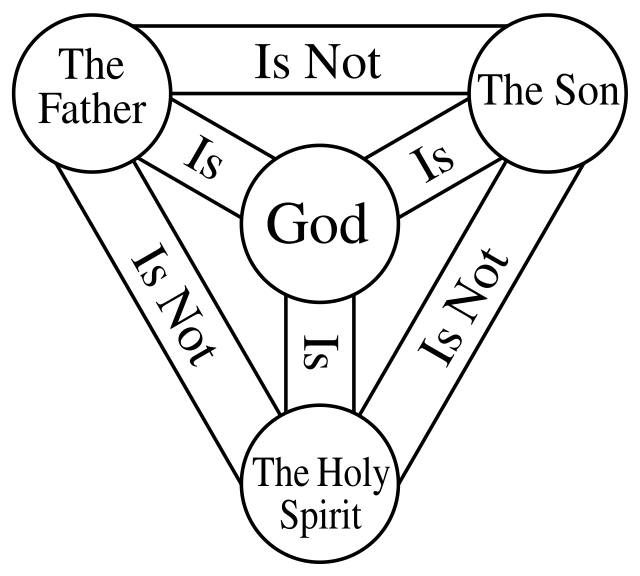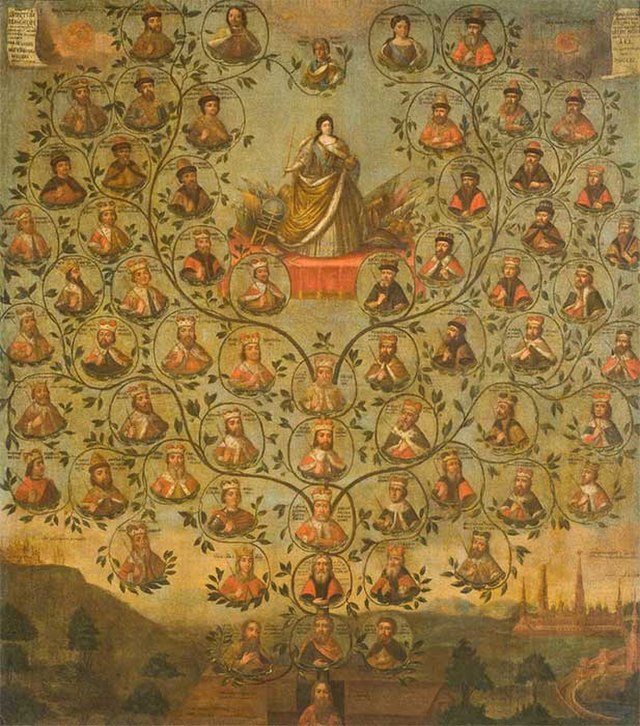The Book of Ruth, nestled within the pages of the Old Testament, is a beautiful story of loyalty, love, and redemption. One of its key characters is Naomi, a woman who endures significant hardship yet remains a figure of resilience and faith. Understanding Naomi’s actions and their cultural context provides valuable insight into her character and the broader narrative of Ruth.
Naomi and her husband Elimelech were from Bethlehem in Judah. Due to a severe famine, they left their homeland and settled in the foreign land of Moab with their two sons, Mahlon and Kilion. In Moab, the sons married local women, Ruth and Orpah. However, over time, Naomi lost her husband and both sons, leaving her alone with her daughters-in-law in a foreign land.
The Cultural Significance of Widowhood
In the ancient Near East, being a widow often meant living a life of vulnerability and poverty. Without a husband or sons to provide protection and sustenance, Naomi was in a precarious position. This was even more so because she was in Moab, away from her own people. Her decision to return to Bethlehem after hearing that “the LORD had come to the aid of his people by providing food for them” (Ruth 1:6) is indicative of her dire circumstances.
The Levirate Marriage
Upon returning to Bethlehem, Naomi set in motion a plan to secure a future for Ruth, her Moabite daughter-in-law who insisted on staying with her. She instructed Ruth to seek a levirate marriage with Boaz, a close relative. In ancient Israelite culture, the levirate law (from the Latin ‘levir’, meaning ‘husband’s brother’) was a provision for a widow who had no son. A close relative of her late husband, usually a brother-in-law, was to marry her to provide an heir for the deceased and ensure the continuation of his family line (Deuteronomy 25:5-6).
While Boaz was not a brother of Ruth’s late husband, he was a close relative, and thus a potential ‘kinsman-redeemer’. This role not only involved marrying the widow but also entailed the responsibility of redeeming family land that may have been sold during times of financial distress.
The Gleaning Laws
Another cultural practice evident in the Book of Ruth is gleaning. Levitical law required landowners to leave some produce in their fields for the poor and foreigners (Leviticus 19:9-10). As a widow and a foreigner, Ruth had the right to glean in the fields. She found herself in Boaz’s field, who, recognizing her loyalty to Naomi and her hard work, ensured she was safe and had enough to glean.
Lessons from Naomi’s Life:
- Resilience in the Face of Loss: Naomi’s story is one of resilience. Despite losing her husband and sons, she persevered, demonstrating a strong will and determination that resonate with many today.
- Love and Loyalty: Naomi’s relationship with Ruth paints a picture of love that crosses cultural boundaries. Despite their different cultural backgrounds, they supported each other, providing a powerful testament to the bonds of love and loyalty.
- Faith in God’s Provision: Naomi’s story also underscores faith in God’s provision. Despite her bitter circumstances, she believed in God’s goodness, and in the end, she experienced God’s blessing through Boaz’s kindness and Ruth’s unwavering loyalty.
- The Role of Culture: Naomi’s actions and decisions, when viewed through the lens of her cultural context, offer a deeper understanding of her character and circumstances. This reminds us of the importance of considering cultural contexts when interpreting biblical narratives.
- The Power of Redemption: The story of Naomi ultimately leads to a powerful narrative of redemption. From a place of emptiness and bitterness, Naomi saw her life restored and her lineage secured. Through Boaz’s willingness to be the kinsman-redeemer, not only was Ruth provided for, but Naomi’s family line was preserved, a line that led to King David and ultimately, to Jesus Christ (Matthew 1:5).
Conclusion:
Naomi’s story, when viewed within its cultural context, reveals a rich tapestry of faith, resilience, and redemption. It speaks to the power of loyalty and the strength of a woman who navigated her way through the cultural practices of her time, leaning on her faith in God’s provision. Naomi’s life serves as an example for all believers, reminding us that even in the face of loss and despair, God’s redemptive plan can still unfold. Her story continues to inspire, offering timeless lessons on the strength of the human spirit and the steadfastness of God’s love.
Discussion Questions:
- Naomi’s resilience in the face of loss is remarkable. How does her story challenge or inspire you to handle personal losses or setbacks?
- Discuss the relationship between Naomi and Ruth. What lessons about loyalty and love can we learn from their bond?
- Naomi’s faith in God’s provision is evident throughout her story. Can you identify moments in the narrative where this faith was crucial? How does her faith resonate with your personal experiences?
- How does understanding the cultural context (e.g., levirate marriage, gleaning laws) enhance your interpretation of Naomi’s actions and the Book of Ruth overall?
- Discuss the theme of redemption in the story of Naomi. How does it reflect the larger theme of redemption in the Bible?
Want to Know More?
- “The Book of Ruth: Journey of Faith” (Movie) This movie provides a beautiful dramatization of the Book of Ruth, giving viewers a deeper understanding of Naomi and Ruth’s relationship, as well as the cultural context of their story.
- “A Woman’s Guide to Reading the Bible in a Year: A Life-Changing Journey Into the Heart of God” by Diane Stortz Stortz’s guide offers a structured approach to reading the Bible, including insights into the Book of Ruth and Naomi’s life, and helps readers extract practical spiritual lessons.
- “The Gospel of Ruth: Loving God Enough to Break the Rules” by Carolyn Custis James In this book, James provides a fresh perspective on the Book of Ruth, focusing on the women in the story, their decisions, and their cultural context.
- “Understanding and Applying the Bible: Revised and Expanded” by Robertson McQuilkin McQuilkin’s book can assist in understanding the cultural contexts of biblical narratives like Naomi’s, helping to enrich personal Bible studies.




